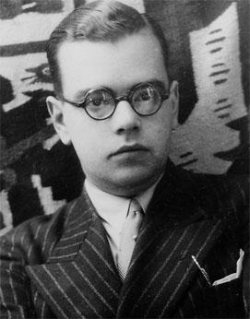At characteristics of naturalism they follow the ideals of realism, that is, they are related to the perception of reality.
However, it is a more exaggerated realism and that covers, above all, the problems of social reality and its characters.
Main features
- Radicalization of realism
- opposition to romantic ideals
- Scientism and Determinism
- Positivism and Darwinism
- Colloquial, clear and objective language
- detailed descriptions
- Mechanistic view of man
- experimental novel
- Social, obscure and controversial themes
- Pathological characters (morbid, unbalanced and unhealthy)
- Focus on the analysis of human behaviors
- Sensualism and eroticism
- Impersonality and Engagement
- explanation by the forces of nature
Origin of Naturalism
O Naturalism it was an artistic and cultural movement that emerged in the mid-19th century in France.
It is a style that has manifested itself in literature, theater and plastic arts. For many, it is considered an offshoot of realism.
In literature, its precursor was the French writer Émile Zola, from the publication of the work “
The Experimental Novel” in 1880. It was considered a kind of literary manifesto of the naturalist movement.His book that deserves to be highlighted is “germinal” published in 1885, in which the writer describes the inhuman conditions of workers in a coal mine in France.
In general, the main themes addressed in naturalist literature are: misery, violence, crimes, human pathologies, sexuality, adultery, among others.
In Brazil, naturalism began at the end of the 19th century and its starting point was the publication of the novel “the mulatto” (1881) of Aluísio de Azevedo. The work has racial prejudice as its central theme.
His work is also noteworthy. the tenement (1890). In it, Aluísio presents a portrait of the Brazilian reality of the nineteenth century through the relationships and behavior of the characters.
In the same way, Brazilian naturalist writers are concerned with demonstrating the problems of social, political and economic reality. For this reason, many of them focus on issues related to the abolition of slavery.
In Portugal, naturalism begins with the publication of the work “The Crime of Father Amaro” (1875) by Eça de Queirós.
Understand the similarities and differences between the realism and naturalism.
Read too:
- Questions about realism and naturalism
- Naturalism in Brazil
- Naturalism in Portugal
- The Language of Naturalism
- Naturalist Prose


